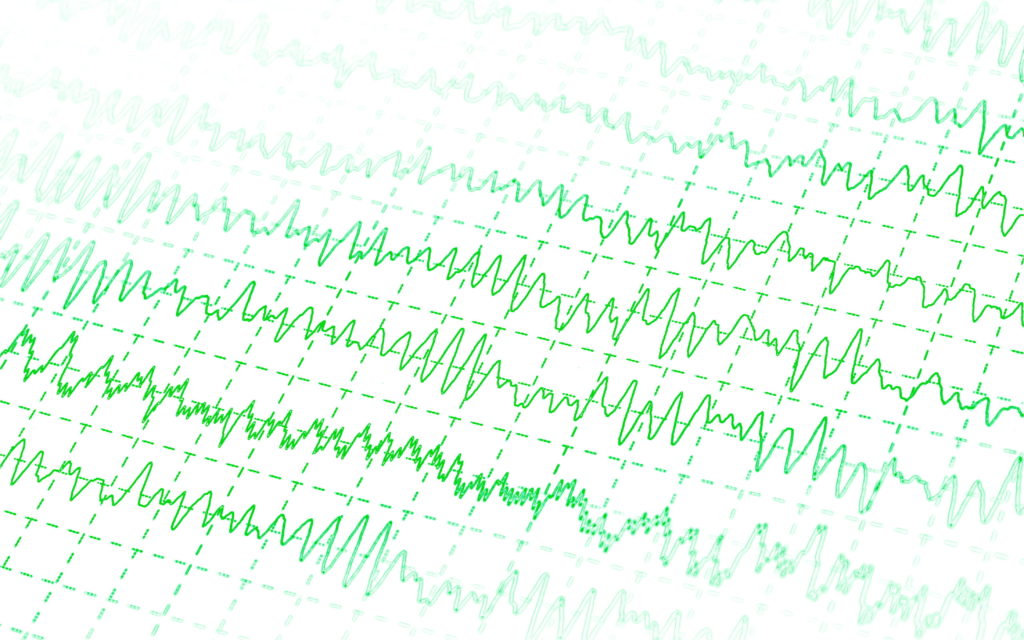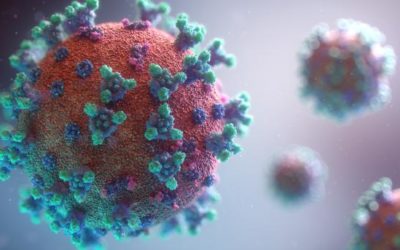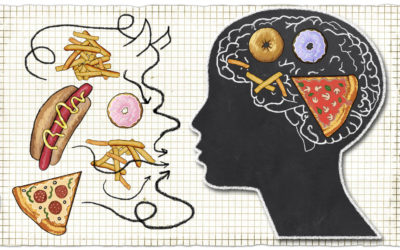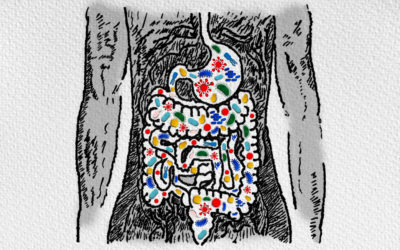Quick Hits
Daily brief research updates from the cognitive sciences

I outlined here how recent research has shown that the brains of highly creative individuals use different networks, and this also reminded me of separate piece of research from a few years ago that shows that creative brains have intriguing brain wave patterns.
In this study researchers around Caroline Di Bernardi Luft of the Queen Mary University of London found different brainwave patterns during creative thinking tasks in those who were more successful in these tasks.
What they found is that those who came up with more ideas in a creative thinking task “how many uses can you think of for a brick” or more distant relationships in associative chains e.g. cat > dog > animal > pet > human > people > family.
So what was happening in the brain?
Well first off it is known that when doing these tasks that obvious associations are the ones that jump to mind first. The brain is designed to build associations. In the case of the brick the most obvious is to build a wall or house. But creative people seem to suppress the obvious ideas searching and enabling more creative solutions.
And indeed, the researchers found that certain brainwaves, specifically alpha oscillations, in the right temporal area of the brain, increase when individuals need to suppress obvious or misleading associations in different creative tasks.
So, it seems that alpha brain waves in this part of the brain help creatives to suppress ideas. But is this just an association or does this actively help?
The researchers then looked to see if this was indeed causal. To do this they activated study participants brains while doing tasks with a technique called transcranial magnetic stimulation. This delivers a weak and safe electrical current to the brain and can stimulate various regions at various intensities.
And yes, when triggering alpha waves in the right temporal lobe participants could suppress the obvious ideas better.
So, one route to being creative is to suppress the obvious ideas that jump to mind. This is also triggered by brain waves patterns in the brain. But the good thing about this is that this can be actively trained though practising suppression or potential through neurofeedback techniques (structured brain wave training).
And that leaves me here trying to think of a non-obvious ending to this article.

Andy Habermacher
Andy is author of leading brains Review, Neuroleadership, and multiple other books. He has been intensively involved in writing and research into neuroleadership and is considered one of Europe’s leading experts. He is also a well-known public speaker speaking on the brain and human behaviour.
Andy is also a masters athlete (middle distance running) and competes regularly at international competitions (and holds a few national records in his age category).
Reference
Caroline Di Bernardi Luft, Ioanna Zioga, Nicholas M. Thompson, Michael J. Banissy, Joydeep Bhattacharya.
Right temporal alpha oscillations as a neural mechanism for inhibiting obvious associations.
Proceedings of the National Academy of Sciences, 2018; 201811465
DOI: 10.1073/pnas.1811465115
More Quick Hits
How Sleep Helps Your Brain Manage Fear
Quick HitsDaily brief research updates from the cognitive sciences leep on i” is common advice for many reasons. Often to consolidate thoughts and help boost creativity. This is a well-known effect. We also know that sleep is the time that helps to...
Video games can boost children’s intelligence
Quick HitsDaily brief research updates from the cognitive sciences ell, this is not the answer many of us would expect, and it goes against other logic of spending more time doing other things such as reading or socialising with friends...
Just how many people get COVID brain?
Quick HitsDaily brief research updates from the cognitive sciences here are many questions still open about COVID and the brain. There is no doubt that long COVID exists, and this can have dramatic impacts on people’s lives. But just how...
Brain networks and losing weight – successfully or not
Quick HitsDaily brief research updates from the cognitive sciences s weight loss all in the mind? Well, with the danger of oversimplifying a complex topic, this latest research shows it is, and shows precisely how and with what networks. So,...
Reversing aging – with poo!
Quick HitsDaily brief research updates from the cognitive sciences ho wouldn't want to age better - well the results of an unsual study are in and the results are promising and may make many of you who are aging prick up your ears. The...
Brisk walking slows biological aging
Quick HitsDaily brief research updates from the cognitive sciences f you want to age better, then walk quicker, or those who walk quicker, age slower. That is the result of a recent study of 400,000 UK adults mapped to genetic markers of age...






